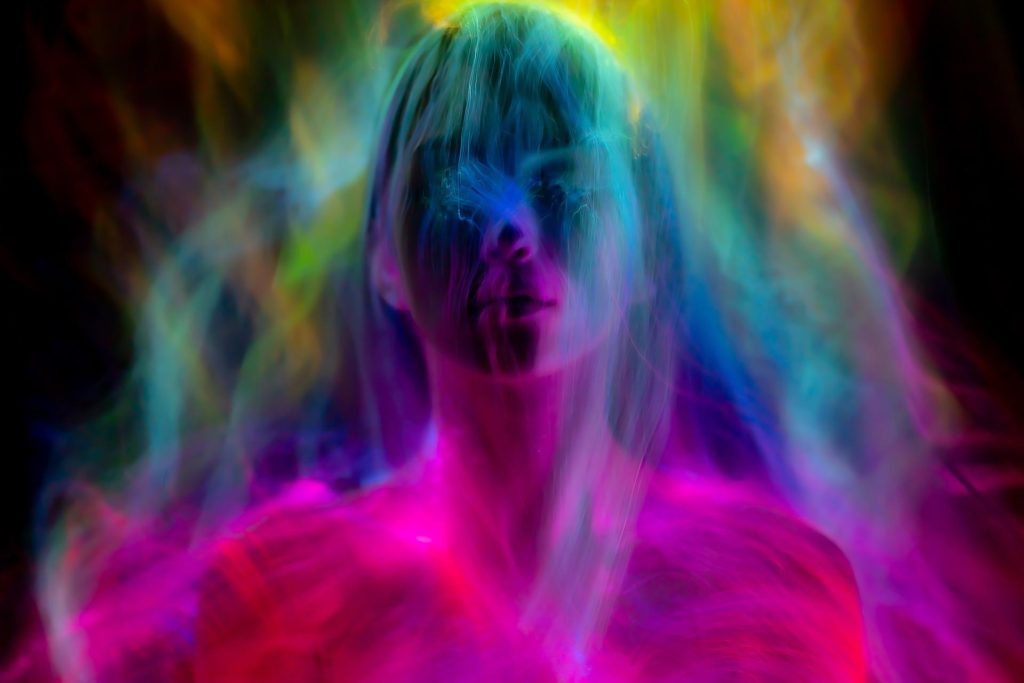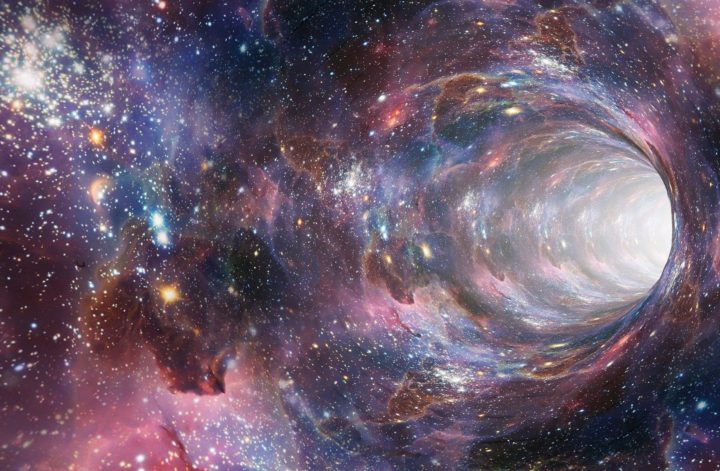November – Mourning Moon. The November Mourning Full Moon is named for the association of the new year and the shedding of ones old self. It is the midpoint between Autumn and winter solstice. The start of the season of death to the wheel of the year is a good time for reflection. Introspection to ascertain what needs to grow within ones shadow self is key during this month. The nights have started to grow longer and the days are shorter as our God has sequestered to respite in lieu of the impending rebirth of his energies. The Goddess of the Ascent, Esther, will ferry him to the cosmos to be reborn whole as his sacrifice during the harvest sabbats is complete. Rituals should focus on the positive aspects of our lives and making plans to dispose of dead weight in our physical, spiritual, and emotional lives.

Esther is a queen in Hebraic mythologies that saves the Jews from being slaughtered in the Book of Esther. Esther’s Hebrew name is Hadassah, which means myrtle tree. The myrtle tree has been associated to Astarte and Aphrodite, which are equivalent to Inanna/Ishtar. The name Esther is Persian in origin and means star. Ether’s name is derived from the name of Babylonian Ishtar, which is Inanna. Inanna is a Sumerian Goddess of fertility, war, rebirth and sexual love. She is the one that died and conquered the grips of Death, ascending to her natural repose in Paradise. Curiosity beguiled her and she too ate of the Tree of that grew in the Garden and was overcome with sexual desire. Her amorous nature brought self confidence in her beauty and she was renowned for it. She was Goddess of the Moon and her symbol was the eight pointed star referenced as the Star of Inanna, denoting both ancient waters encircled to represent immortal fertile waters. Her main cult center was the Eanna Temple, which meant “House of the Heavens.” She was one of the few Goddesses that had worshippers in her temple that went against gender binary and were male priests called galas. Those men adopted female names. Inanna was known for transforming men into women. Cakes baked in ashes were presented to her as an offering. Through these equivalencies, Esther represents Ishtar/Inanna in the biblical mythologies and therefore is a Venusian deity.
Correspondences:
Goddess: Esther
Colors: Gray, Teal
Element: Water
Herbs: Blessed Thistle, Pepper
Oils: Peppermint, Lemon
Trees: Alder, Cypress
Flowers/Plants: Blooming Cacti, Asters, Autumn Hawkbit
Stone: Lapis Lazuli, Turquoise, Topaz
Psalm to Esther
Esther, the reborn matron of knowledge and wisdom She is the cycle of death and rebirth Both spiritual and physical. Mental and ethereal, The Goddess of the Ascent From the deep and desolate desert The flame that fought the shadow within. And rose up through the Gateway To Paradise Lost then Found The face of both light and dark, bright and shadowed; The eternal Goddess of Youth never aging; Always young and spry! The morning and evening star of hope and consummation Lady of the Sky and Star of the Earth Temptress of thunderstorms and cyclones that shudder the earth and rip through foundations The wielder of water by hurricane floods and the Light gentle rain that falls softly the ground Inanna, I ask you to bless me this Mourning Moon night!
Ode to the Mourning Moon
Mourning Moon pure and bright, Cleanse me with your cold light. Moon for the Goddess shine on me, Let the brightness heal me. Close the year with the cold door, Let there be pain no more. Mourning Moon pure and bright, Reflect the shine on me with my Goddess light. Sleep in peace my Mother Earth, For the next time I meet you will be in Birth. Shine today, shine real bright, For your Full Face in the sky gives me light.

